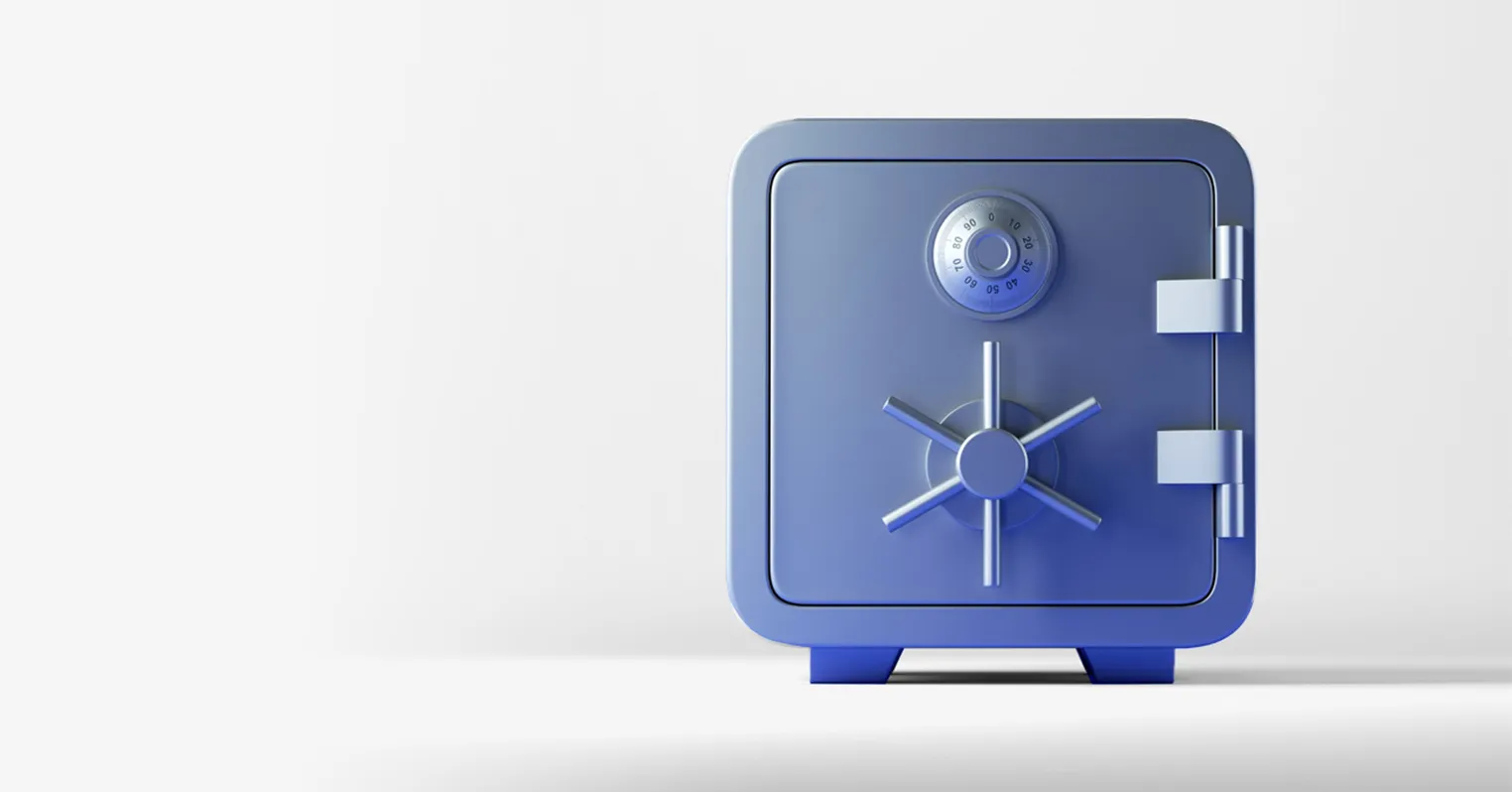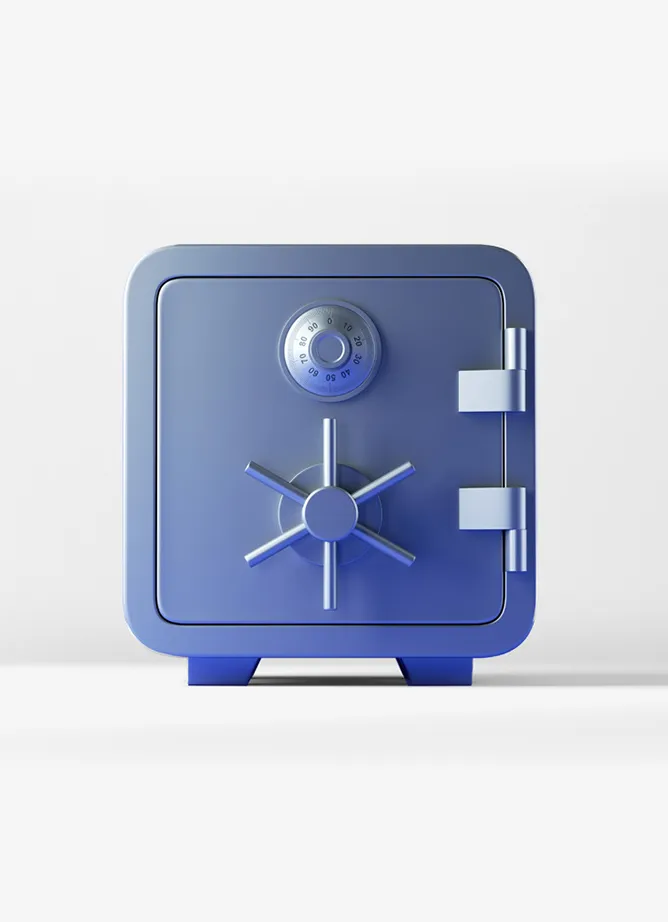Tell me what an ISA is in a nutshell, please
An ISA – or Individual Savings Account – is a tax-free investment. Call it a ‘wrapper’, if you will, but it’s basically a lump of money you can invest where you won’t be taxed on the income, dividends or capital gains, should you make any. The government allows you to invest £20,000 in each tax year, and you can spread this across the different types of ISA. But you, personally – yes, you – can’t have £20k in one and £20k in another.
If you’re married, you both get your own allowance, so you can have a combined £40,000 invested in ISAs between you. The ability to spread your allowance across the different ISAs means you can also invest based on your approach to risk and follow best practice in terms of diversification . You can put £20,000 in an ISA every year, meaning that soon you could have hundreds of thousands of pounds that Johnny Taxman can’t get his grubby mitts on.
What is a stocks and shares ISA?
A stocks and shares ISA lets you play the stock market in an instantly diversified way. Depending on who you invest with, they’ll take your money and portion it across various funds, and your ISA will perform based on how those funds and the companies within them do. If their share price goes up, happy days. If they go down, you might end up with less than you started with.
Because of the way the stock market fluctuates, a stocks and shares ISA is generally considered as a medium to long-term investment. Short-term pain may lead to long-term gain, but with no guarantees. It’s well worth doing some research into the different funds and how they perform, along with how quickly you can close your ISA and any penalties that come along with that. As with so many investments, stocks and shares ISAs offer the potential of much higher returns than cash, but with the usual caveats about risk.
What’s the safest ISA to invest in?
If you’re worried about market volatility or can’t afford to take a hit on your savings, then a cash ISA is for you. Here, you’ll know in advance what interest rate you’re going to get, and it won’t be affected by the ebb and flow of, say, someone like Elon Musk deciding to tank one of his companies. Or two of them.
It’s a safe and steady product, available in both variable rate and fixed rate versions. The former is likely to move when the Bank of England changes the interest rate – either up or down – while the latter often offers a higher rate than you’ll get elsewhere, in return for less flexibility and that dreaded phrase ‘exit penalties’. Again, the longer you’re prepared to invest for, the better, as you’ll benefit from compound interest. And you’ll need to weigh up whether an ISA is better than a current account (they’re not always, but current account money can be taxed once you reach the interest threshold) and you’ll want to take into account the rate of inflation too.
Can I transfer my existing ISA to a new provider?
You’ll need to check the fine print on your existing ISA or ISAs, but generally the answer is a resounding yes. It may be that the cash ISA you took out a few years ago no longer offers a competitive interest rate, or that your stocks and shares ISA has consistently underperformed. You may just fancy a change.
You can also consolidate several existing different ISAs into one, perhaps to make life simpler and more manageable. Your first step should be to get professional financial advice to discuss your options, as it may be worth getting a fresh perspective on any changes you want to make to your portfolio.
I have children? What can I do for them?
Feed them and get them their own Spotify account so they don’t ruin your algorithm with nonsense? Other than that, you could also consider a Junior ISA – sometimes known as a JISA, if you really, really must. This tax-free investment comes with its own separate allowance, letting you put in up to £9,000 in each year.
The JISA – argggh, even we’re doing it – lets you put together a tax-free nest egg for your children, which they can’t access until they reach 18. Again, you can split the pot between cash or stocks and shares, or go for your preferred option. All you need to know is that, come 18, it’s all theirs, so if they’re still addicted to Pokemon cards, we can’t be responsible for how they spend it.
Innovative Finance ISAs? What fresh madness is this?
Peer-to-peer lending has been one of the more interesting developments over the last 10 years, although many of the first companies to market are now inaccessible to new lenders. An Innovative Finance ISA allows you to use your annual ISA allowance to lend money to borrowers, with a chance of better than standard returns. While there are many major players in this space, it also comes with its own risks.
For starters, your money is not protected by the Financial Services Compensation Scheme and, like stocks and shares ISAs, your capital is at risk. The Financial Conduct Authority recommends you don’t put more than 10% of your net worth into an IFISA, but that will depend on your personal attitude to risk.
I hear tell of government bonuses? How do I get those?
Ah, you’re talking about Lifetime ISAs, first introduced in 2017/18. You won’t be able to bag one of these unless you’re aged between 18 and 39. If you’re in that range, not only are you likely to have most of your own teeth, you can invest up to £4,000 per year, and the government will add a 25% bonus. You can keep paying into it until you’re 50.
There are some key caveats, however. The Lifetime ISA is designed for those who want to save for retirement or who are buying their first home. That means you can only withdraw the money without penalty once you reach 60 or you’re making that first step on the property ladder. If you need to access the money at any other time you can, but the penalty charge means you’ll get back less than you put in.
Are ISAs still worth it?
They really can be. The introduction of the PSA – personal savings allowance – allowed people to earn up to £1,000 PA in interest without taxation. This meant that higher-interest rate current and savings accounts could be more attractive than an ISA. However, once your savings are over approximately £29,000 (depending on the interest rate), you’ll use up the allowance, and then you start paying tax.
Additionally, higher-rate taxpayers only get a £500 interest-free allowance, and additional-rate taxpayers don’t get one at all. If you’re one of those, then your money in traditional accounts isn’t safe from being skimmed for tax. The answer? An ISA.


